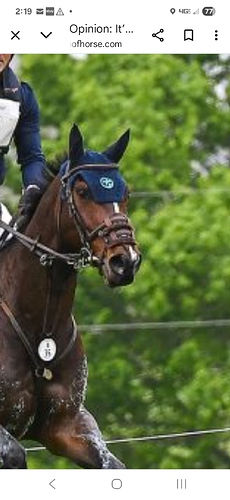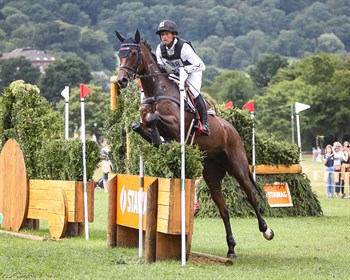I ride A LOT of young horses, from starting under saddle to starting over fences and beyond. I almost never ride a young horse without a crop and a neckstrap. GO FORWARD is the name of the game. Starting babies, they don’t always understand what “leg” means. They get wiggly. They get stuck. They pop their shoulders. Tapping a crop on the shoulder is much more instinctively understood than “put your leg on.” I start and gallop a lot of 2yo racehorses too, and you learn quickly that a brisk road trot past a scary/spooky place is much safer than risking a stop/spin/bolt.
I’m actively teaching them what “leg on” means, but that most always involves some light taps on the shoulder (and less often, behind leg) when needed. It’s absolutely not a punishment or abusive; it’s just to get the feet moving on a baby horse that genuinely doesn’t know what to do. They all know voice commands, but they get confused, distracted, lost, stuck, and tap-tap with a cluck/kiss gets them going (& praise).
A year or two later, those horses are going to their first xc schools, shows, and new places. They’re green. They will be distracted, looking, and occasionally “stuck.” I still have my crop with me, and tap-tap on the shoulder just like we did at home (in the very beginning) to reinforce my leg. It prevents a stop on course, keeps the feet moving, and – for horses who stop, hesitate, plant and BLOW UP-- keeping moving is often a safer course of action. All these things can happen at a horse’s first competitions, so I want the option to have it at horse trials and not just at home.
I carry a crop but basically never tap/hit an educated horse. I may use it for straightness-- wave it in their vision on the outside shoulder of a corner, for example-- but by a time a horse is solid at the level they understand leg = forward and know their job. Those horses could probably get away with no whip.
But I would never give up the option to carry my stick on a young/green horse, it’s part of safety.




